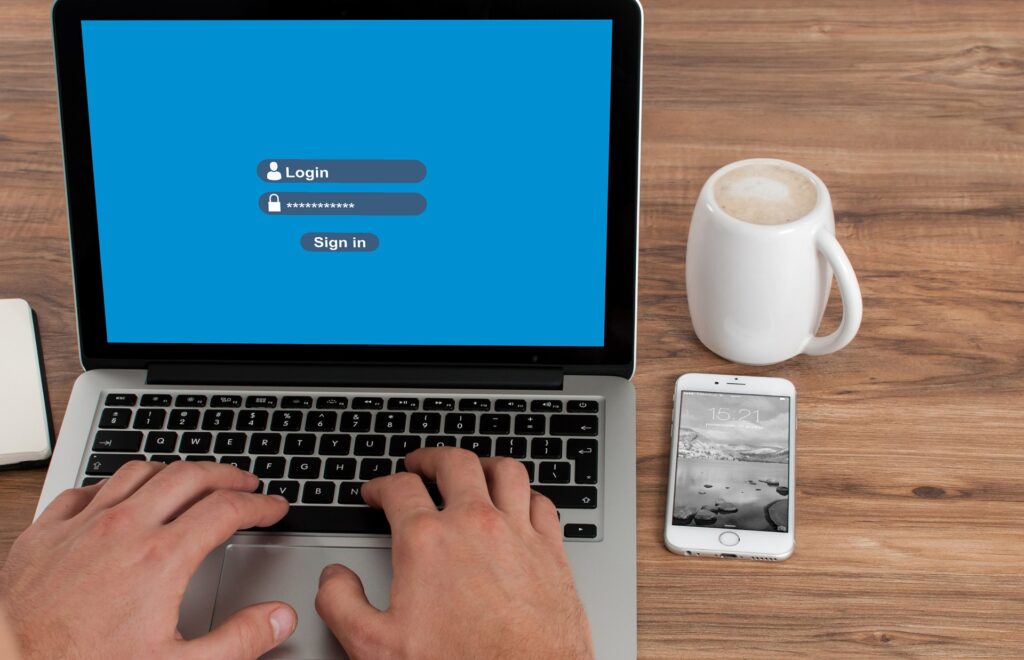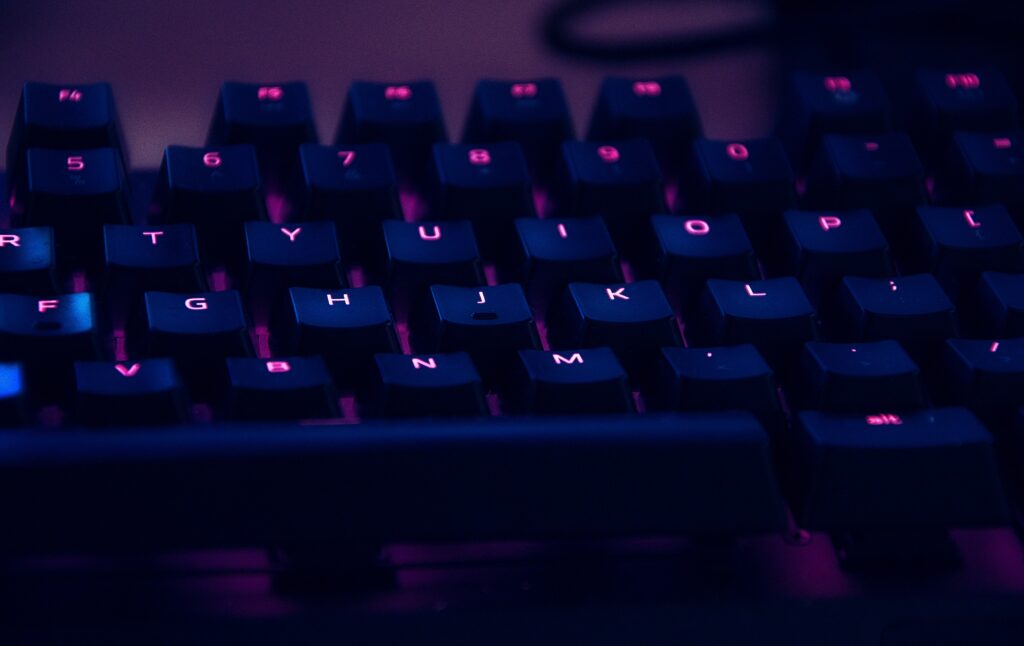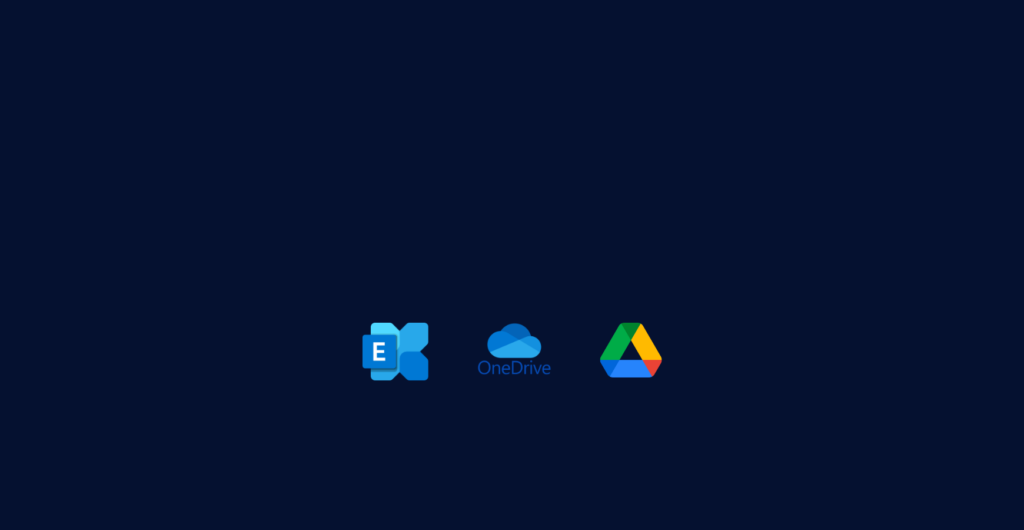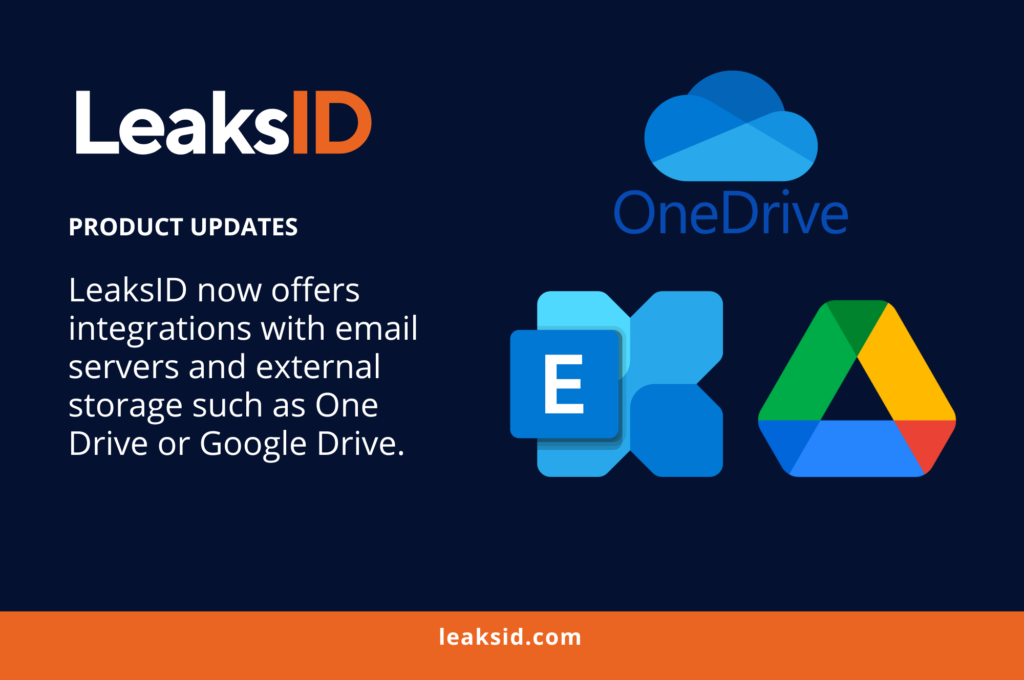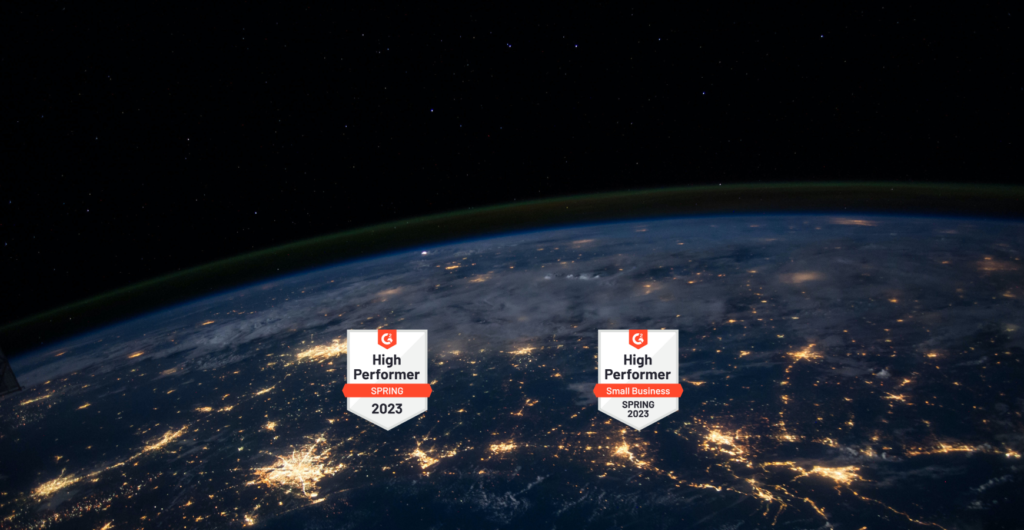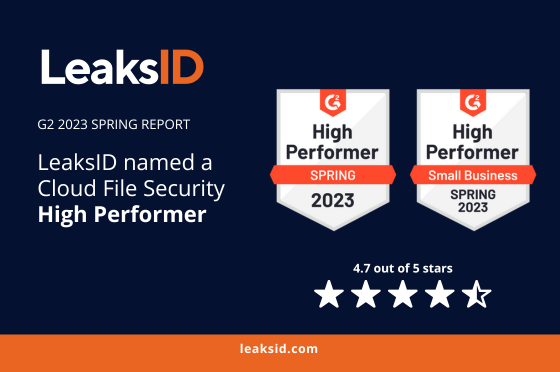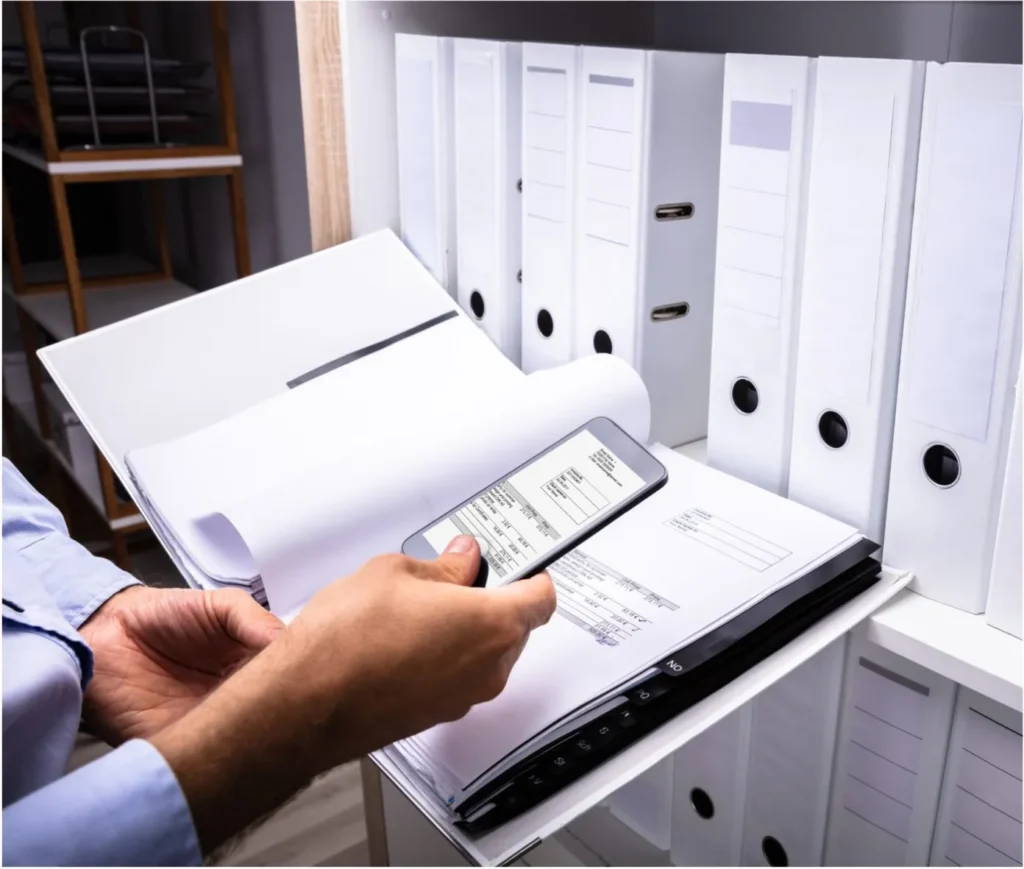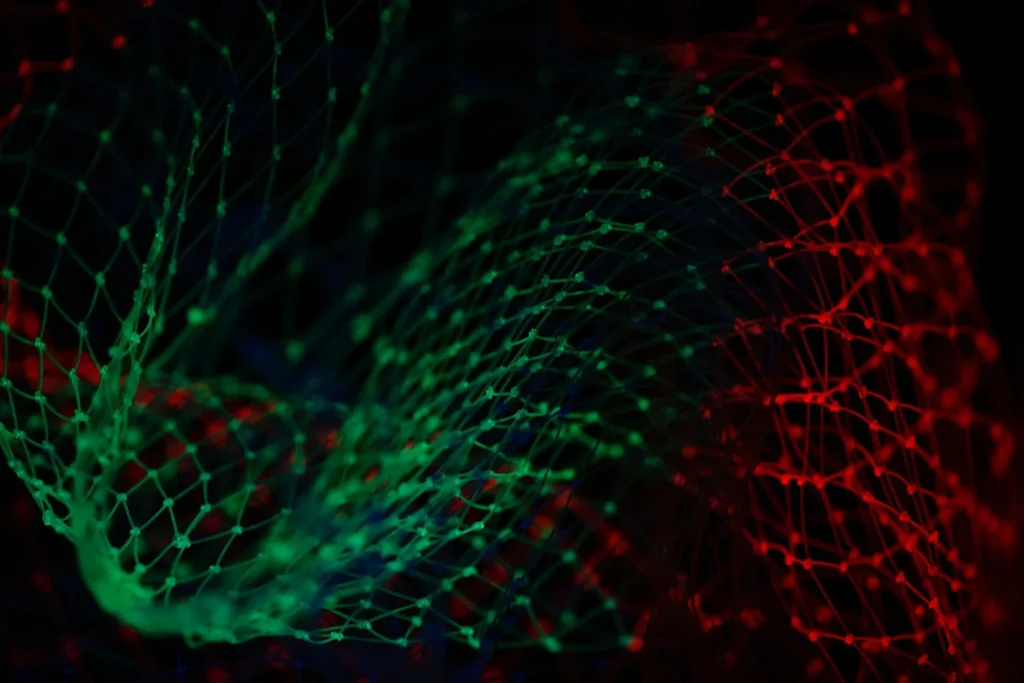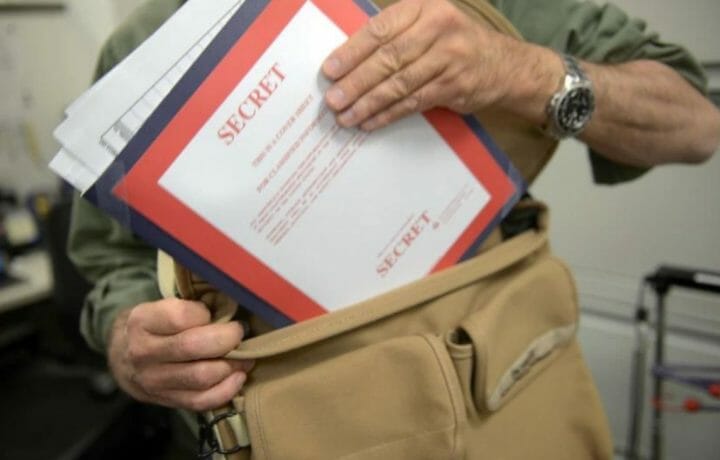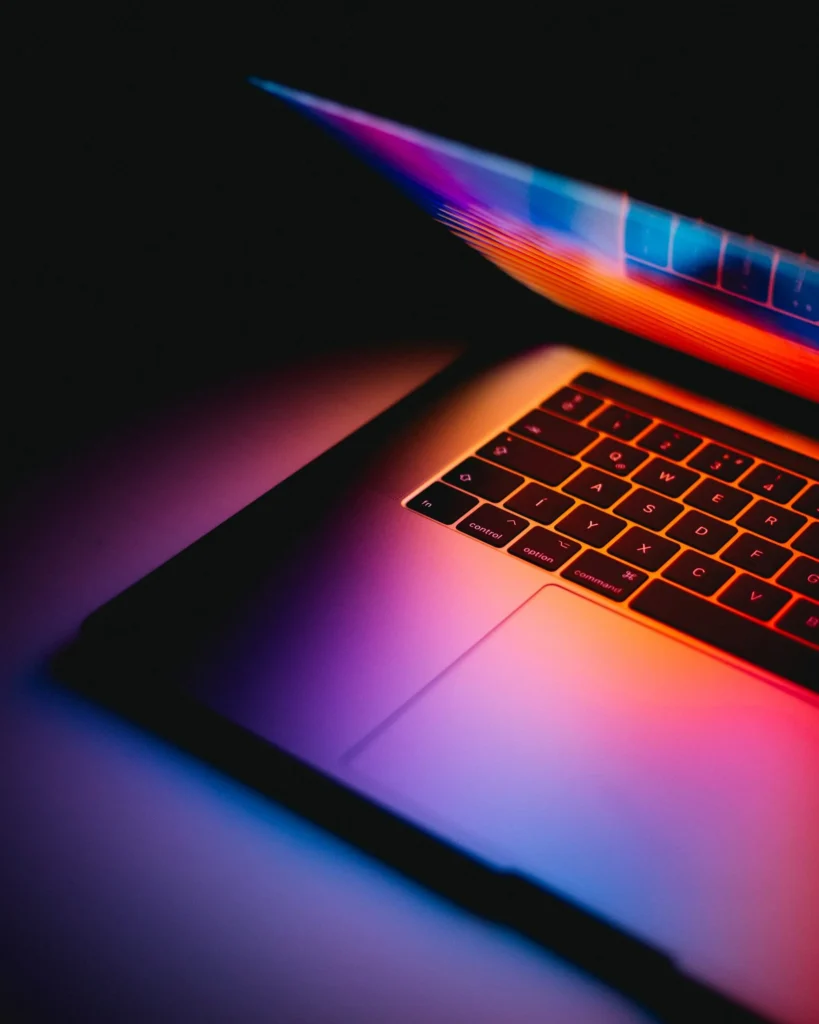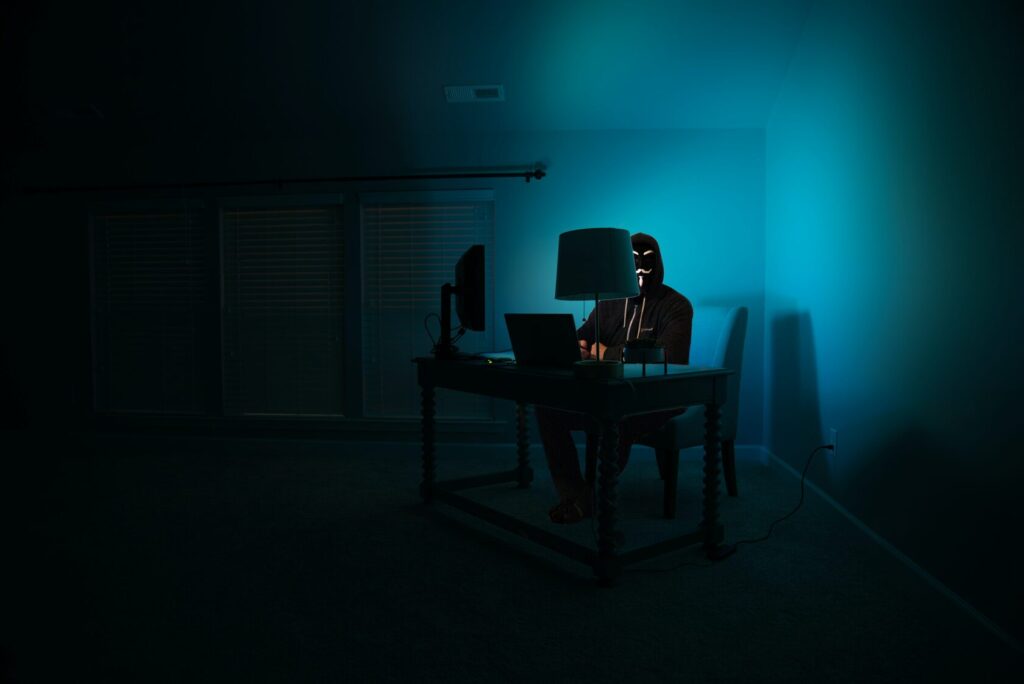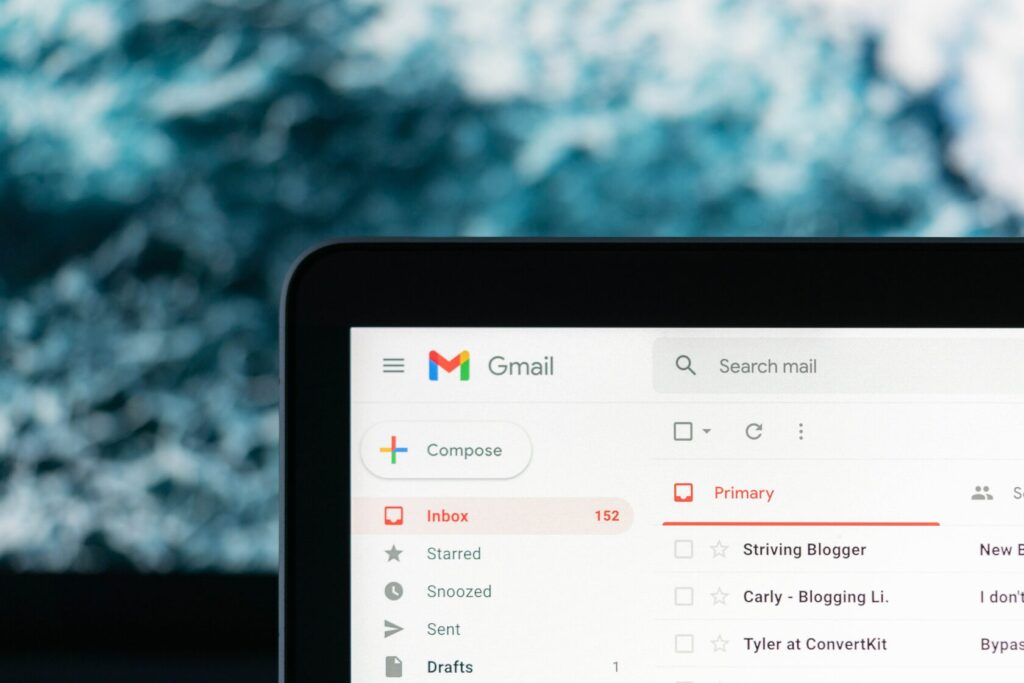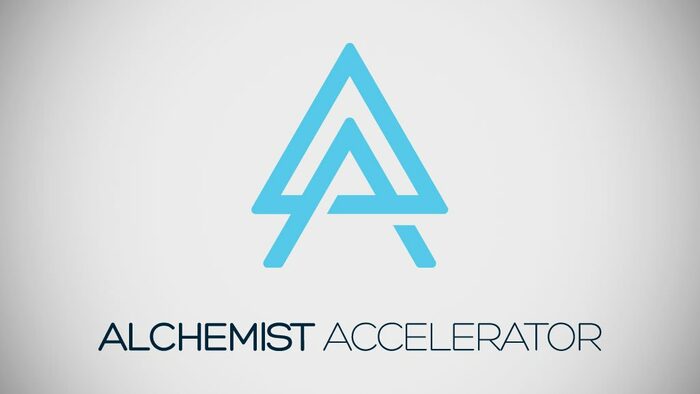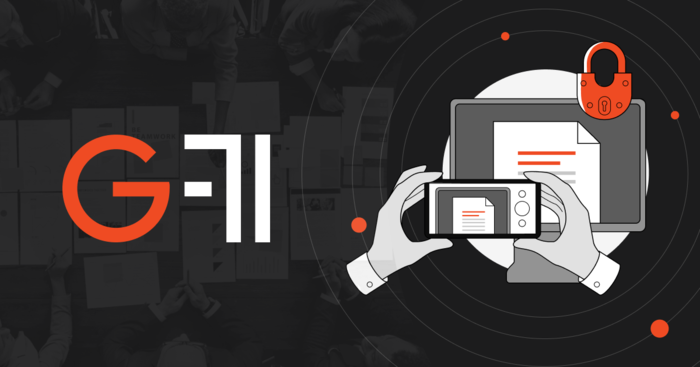Every day, more and more businesses are being launched in every imaginable sphere. One thing they all have in common is that they have confidential papers in their document flow. Unfortunately, recent trends are showing an increase in the number of data leaks. Thousands of confidential documents are leaking into the world, and it is difficult to stop this process.
Various studies show that the number of attempts to steal secret data are increasing, and many of those attempts are successful. Attackers are devising ever more cunning and sophisticated ways to access sensitive information. Despite this, the largest share of leaks is caused by insiders – usually undervalued or inattentive employees.
Many internal leaks occur due to a lack of simple information security literacy among employees: e.g., “I opened it, I clicked it, and then it somehow got out.” But some leaks get out for immoral purposes: out of a sense of revenge or resentment, for example, when an employee is fired, and finally he decides to annoy the boss by putting the customer database on the internet for everyone to access.
The worst thing is that it takes minimal forethought on the part of the offender, and it’s almost impossible to establish his identity. And if it succeeds, then he may not suffer the punishment he deserves. At the same time, the company may suffer multimillion-dollar financial damage by losing its reputation and trust from customers.
To prevent such situations, DLP systems (Data Leak/Loss Prevention) come to the rescue. In the modern world, they are a necessity rather than a luxury.
DLP systems are commonly understood as software products that can protect organizations from internal leaks of confidential information or external cyber data breaches. They create a digital “perimeter” around the company, processing and filtering all incoming and outgoing information. First of all, internet traffic is taken under control, as well as other information flows such as virtual files sent by email and printed documents smuggled outside protected areas.

This year, as information security threats continue to multiply, the demand for DLP systems has increased by 25%. This is not surprising, because in addition to preventing data leaks, DLP systems have a number of other functions for monitoring personnel:
– tracking user activity during the working day;
– monitoring employee communications in order to detect illegal activity or planning in a timely manner;
– identification of employees who send out resumes for quickly finding specialists;
– etc.
But, unfortunately, even DLP systems are not a panacea for all data security breaches. Despite the significant advantages of DLP systems, there are a number of disadvantages that need to be remedied. For example, there are effective methods of bypassing DLP systems, such as data transmission in the form of graphic or encrypted files, steganographic techniques, masking network traffic, bitwise copying, etc.
Moreover, depending on the requirements set by the customers for the solution itself, the network IT infrastructure and the implementation engineers, the cost of a DLP project can vary up to very impressive amounts and the commissioning process can last for months, which can lead to stalled workflows. But the most significant problem is that there are ways of stealing information where DLP is powerless, for example, a data leakage in the form of a photo or screenshot of a confidential document.
Here, additional protection measures, such as solutions based on LeaksID technology, can come to the rescue. LeaksID technology is based on a patented invisible marking algorithm that creates a unique copy of the information for each user. By personalizing the information, the solution is able to deter confidential documents from leaks by photographing, copying, printing, and sending by email.
LeaksID solutions are aimed at identifying the source in case of information leakage, as well as providing a preventive effect on contractors and employees. Any company can choose a solution based on their needs and end data leaks once and for all.











